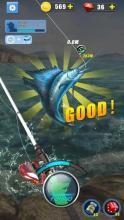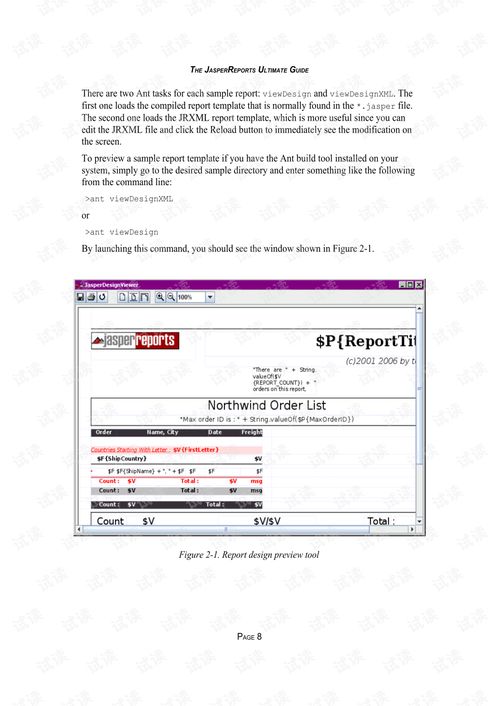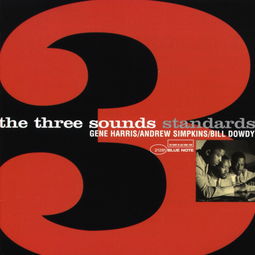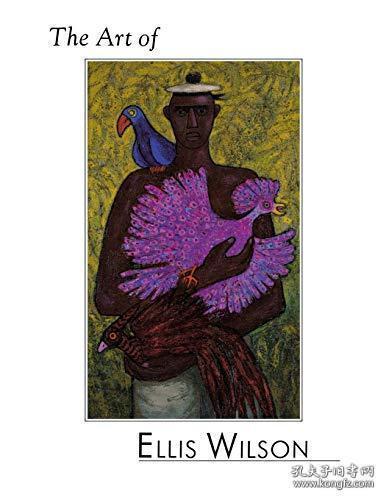Content:
Introduction: Fishing is a popular outdoor activity that offers relaxation, excitement, and a chance to connect with nature. Whether you are a seasoned angler or a beginner, there is always something new to learn. Teaching a novice angler the basics of fishing can be a rewarding experience. In this article, we will discuss some effective methods and tips to help you teach a beginner the art of fishing.
Choose the Right Equipment: Before you start teaching a beginner, ensure that you have the right equipment. Here are some essential items to consider:
- A lightweight fishing rod and reel: Select a rod and reel that are suitable for the type of fishing you plan to do. For beginners, a spinning rod and reel are often recommended.
- Line: Use a monofilament line with a breaking strength of 6 to 12 pounds.
- Hooks: Choose hooks that are appropriate for the type of fish you want to catch. Size 6 to 10 hooks are commonly used for most freshwater fishing.
- Lures or bait: Depending on the fish you are targeting, you can use artificial lures or live bait. Live bait, such as worms or crickets, can be a great option for beginners.
- Tackle box: Keep a tackle box with essential tools, such as needle-nose pliers, scissors, and a pair of gloves.
Explain the Basics: Before you start fishing, it's essential to explain the basics to your beginner. Here are some key points to cover:
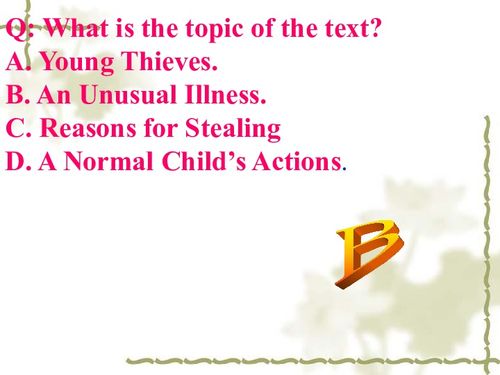
- How to cast: Teach the beginner how to cast the rod by demonstrating the technique and allowing them to practice.
- How to tie knots: Show them how to tie basic knots, such as the improved clinch knot or the Palomar knot, to attach the lure or bait to the line.
- How to bait the hook: Explain how to properly bait the hook with live bait or attach an artificial lure.
- How to read the water: Teach them how to identify fish-holding areas and understand water currents.
Choose the Right Location: Select a fishing spot that is suitable for beginners. Here are some tips for choosing the right location:
- Look for a calm and shallow area with a good population of fish.
- Avoid crowded spots, as they can be overwhelming for a beginner.
- Consider visiting a local lake, river, or pond that offers fishing opportunities.
Teach Them to Fish: Once you have the right equipment and location, it's time to teach the beginner how to fish. Here are some tips:
- Start with a simple technique, such as still fishing or casting to a stationary target.
- Encourage the beginner to observe the fish's behavior and adjust their technique accordingly.
- Teach them how to set the hook and play the fish once they have a bite.
- Offer positive feedback and patience, as learning to fish can be challenging.
Safety First: Ensure that safety is a priority throughout the fishing trip. Here are some safety tips:
- Wear a life jacket if you are fishing from a boat.
- Keep a first aid kit handy in case of minor injuries.
- Stay hydrated and apply sunscreen to protect yourself from the sun.
Practice and Patience: Teaching a beginner to fish requires patience and practice. Encourage them to keep trying and don't get discouraged if they don't catch fish immediately. Over time, they will improve their skills and start enjoying the thrill of fishing.
Conclusion: Teaching a beginner the art of fishing can be a memorable and rewarding experience. By providing the right equipment, explaining the basics, choosing the right location, and offering guidance and patience, you can help a novice angler develop their skills and enjoy the joys of fishing. Remember that fishing is a lifelong learning experience, and there is always something new to discover.



